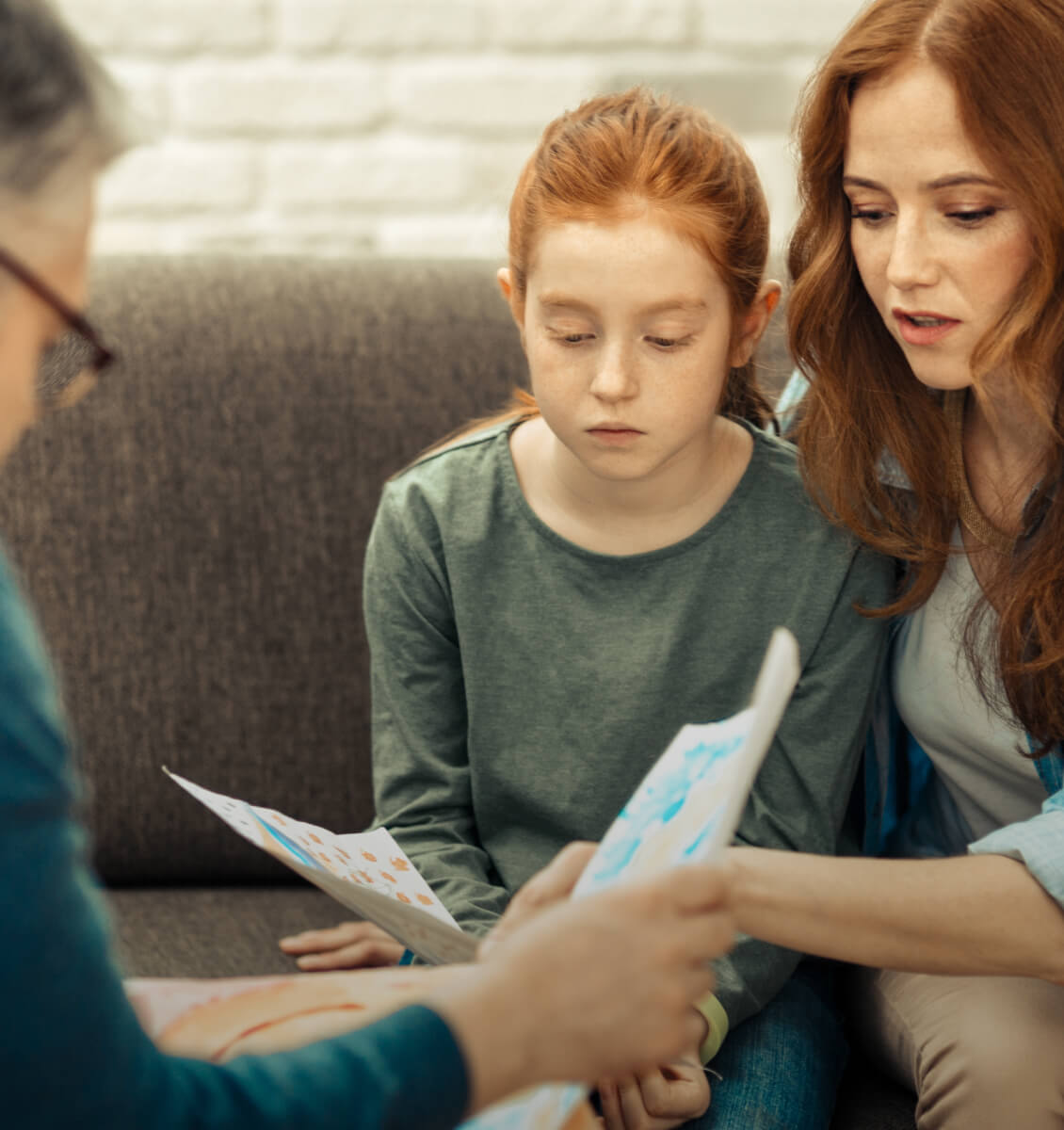There is no one-size-fits-all treatment. Remember, our child’s needs are likely to change over time, and therapy and treatment needs to evolve accordingly.
Early intervention treatment services can greatly improve a child’s development and lifelong outcomes. Early intervention services help children from birth to 3 years old (36 months) learn important skills. Services include therapy to help the child talk, walk, and interact with others.
Work with a professional to create a treatment plan that is most appropriate for your child. You want to get a therapist who is specifically trained in issues related to ASD. Not all therapists are created equal.
Evidence vs. Speculation. How to know which ASD therapies work?
There are several well-known and tested interventions.
Evidence based therapies: Behavior and communication
- Applied behavior analysis (ABA) is a therapy based on science of learning and behavior. It can help children learn new skills and generalize these skills to multiple situations through a reward-based motivation system. This is the most well-known and accepted intervention for autism. It may help to:
- Increase language and communication skills;
- Improve attention, focus, social skills, memory, and academics;
- Decrease problem behaviors.
- Floortime Therapy. Floortime is a relationship-based therapy for children with autism. The intervention is called Floortime because the parent gets down on the floor with the child to play and interact with the child at their level. It is frequently done together with ABA therapy.
- Occupational Therapy. Teaches activities of daily living. Occupational therapists study human growth and development and a person’s interaction with the environment through daily activities. They are experts in the social, emotional, and physiological effects of illness and injury. This knowledge helps them promote skills for independent living in people with autism and other developmental disorders. They help set specific goals for the person with autism. These goals often involve social interaction, behavior, and classroom performance.
- Speech Therapy. Speech-language therapy addresses challenges with language and communication. It can help people with autism improve their verbal, nonverbal, and social communication. The overall goal is to help the person communicate in more useful and functional ways.
- Physical Therapy: improves movement and balance.
- Sensory Integration Therapy: helps the person deal with sensory information, like sights, sounds, and smells. Sensory integration therapy could help a child who is bothered by certain sounds or does not like to be touched.
Medications
No medication can cure autism or improve the core signs of autism spectrum disorder. However, specific medications can help control some of the symptoms.
- Antipsychotic medications are used to treat severe behavioral problems;
- Seizures can be treated with one or more anticonvulsant drugs;
- Medication used to treat people with attention deficit disorder can be used effectively to help decrease impulsivity and
- hyperactivity in people with ASD;
- Some medications are used to treat anxiety, depression, and obsessive-compulsive disorder.
Some medications and supplements can interact, causing dangerous side effects.
Alternative Treatments (Non-FDA approved treatments).
- Tomatis Method;
- DAN (Defeat Autism Now);
- Oxygen therapy;
- Blood detoxification;
- Dietary supplements.
Neuromodulation treatments.
- Neurofeedback;
- Transcranial magnetic stimulation.

